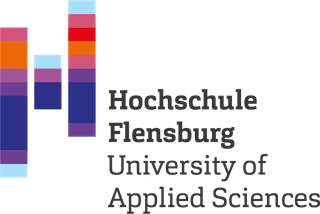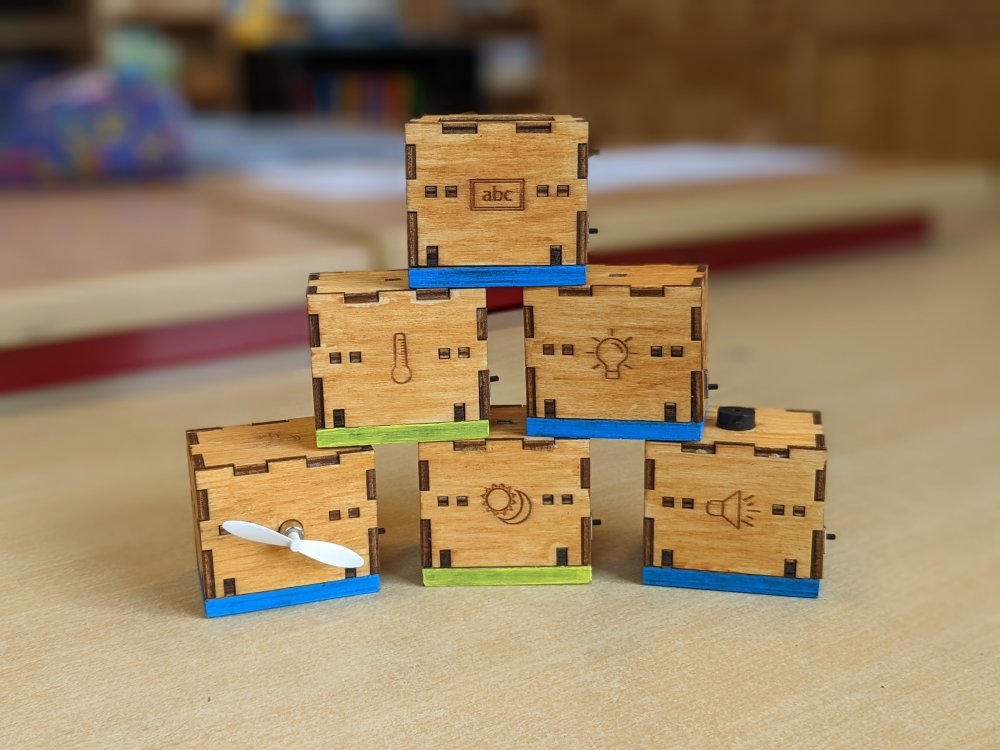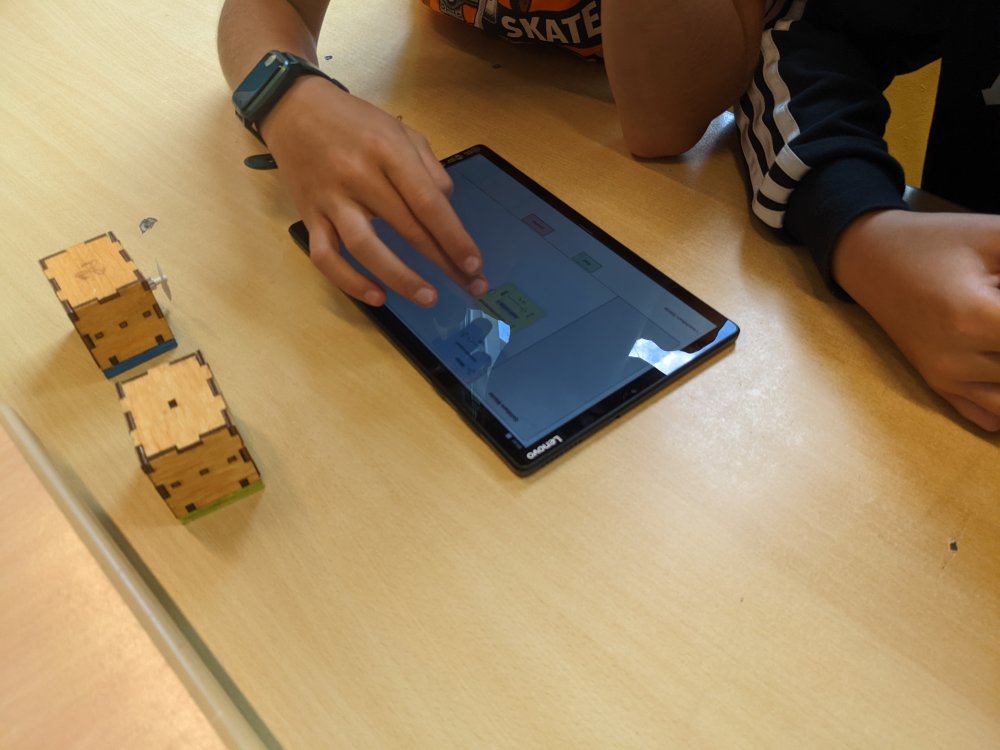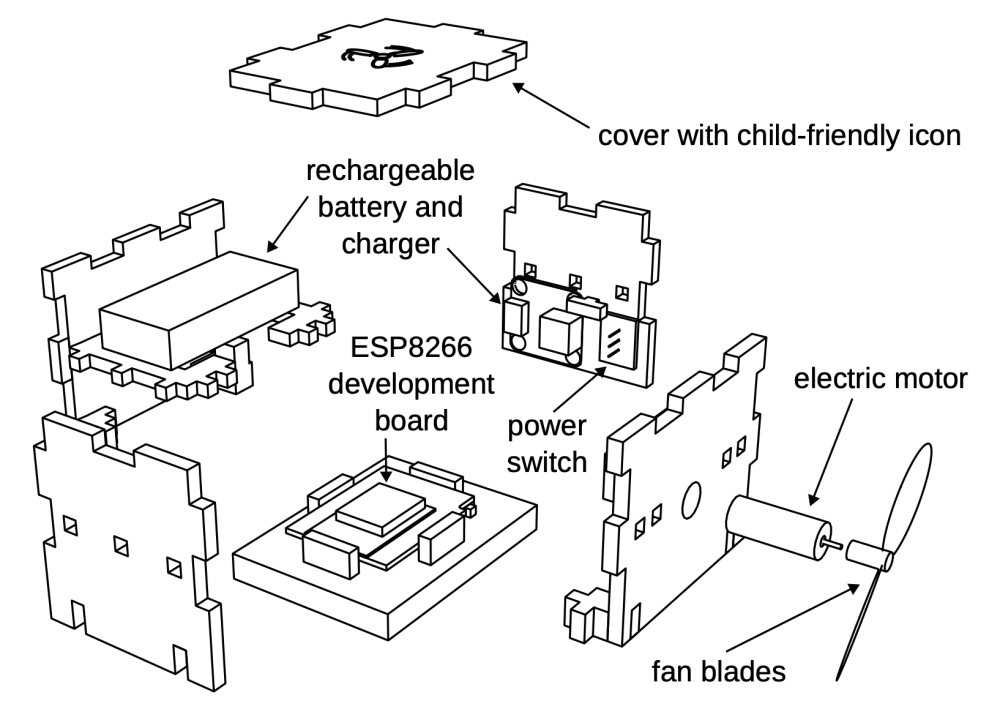
Computational thinking and the ability to understand and program technological systems has become fundamental in the school curricula for children and teenagers. Studies have shown that programming increases the engagement and motivation of children.
This work presents an internet of things (IoT) development toolkit for children in primary school, which aims to help children understand the interconnections between IoT devices with the help of a graphical user interface (GUI) and connected sensors and actuators. Children are empowered to learn principles of modern IoT technologies, for instance the communication between sensors and actuators with and without web services.
In a qualitative study, children of primary school age were asked to solve small programming tasks with the toolkit. The tasks were used to find out whether the children can understand the communication between logical operators (and/or), web services and physical sensors and actuators. Aim of the study was to find whether the toolkit can help children to understand external web-services in an IoT context and to what extent the concept of selective exposure has influenced the children in their understanding. In addition, it should be found out which strategies children are most likely to use for debugging.
Galerie
Entdecke mehr spannende Projekte
von der Art
aus dem Studiengang
Kontakt




